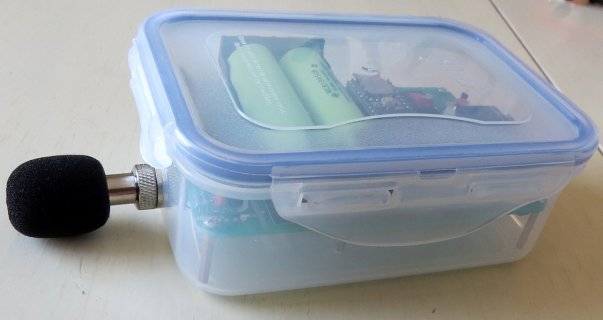Hi,
You will find on this link a passive recorder project allowing the study of echolocation cries of bats.

Sorry, despite German participation, the whole project is, for now, in French.
Thanks to the excellent processor that equips the Teensy 3.6 card and the write speed allowed on the micro SD card, the maximum sampling rate is 500kHz.
The whole project is open source and do it yourself. To help naturalists unfamiliar with electronic editing I organize participatory workshops in a local FabLab. In 1 day, the 10 participants make their own devices. The characteristics are very close to the professional recorders but for a much more affordable price (105 €). Specific functions help operators to participate in a French participatory science program, Vigie-Chiro.
More than 30 copies are currently in use and by the end of April there will be more than 70.
On the same principle and with the Teensy 3.6 card, I also propose an ultrasound reader allowing to play wav files (BatPlayer) to develop and check the ultrasound recording equipment, to make trainings to the acoustics of the bats and to realize animations.
I mainly use the following libraries:
Thank you for this fantastic Tennsy 3.6 card. But I have two wishes for improvement on TeensyDuino:
You will find on this link a passive recorder project allowing the study of echolocation cries of bats.

Sorry, despite German participation, the whole project is, for now, in French.
Thanks to the excellent processor that equips the Teensy 3.6 card and the write speed allowed on the micro SD card, the maximum sampling rate is 500kHz.
The whole project is open source and do it yourself. To help naturalists unfamiliar with electronic editing I organize participatory workshops in a local FabLab. In 1 day, the 10 participants make their own devices. The characteristics are very close to the professional recorders but for a much more affordable price (105 €). Specific functions help operators to participate in a French participatory science program, Vigie-Chiro.
More than 30 copies are currently in use and by the end of April there will be more than 70.
On the same principle and with the Teensy 3.6 card, I also propose an ultrasound reader allowing to play wav files (BatPlayer) to develop and check the ultrasound recording equipment, to make trainings to the acoustics of the bats and to realize animations.
I mainly use the following libraries:
- SDFat, excellent library for writing / reading on the SD card.
- Adafruit GFX library for the use of the screen (OLED 128x64 I2C) but, on the version in preparation, I use the library U8G2Lib, more powerful, more flexible to use several types of screens and, on the last version, much more powerful on the refresh of the screen using the function updateDisplayArea.
Thank you for this fantastic Tennsy 3.6 card. But I have two wishes for improvement on TeensyDuino:
- Be able to change the frequency of the processor to adjust it to the power just needed to optimize consumption,
- I use in one case the FFT 256 points and in another the 1024 points. It would be desirable to have the 512-point FFT which offers a good compromise of accuracy on frequency and time.

